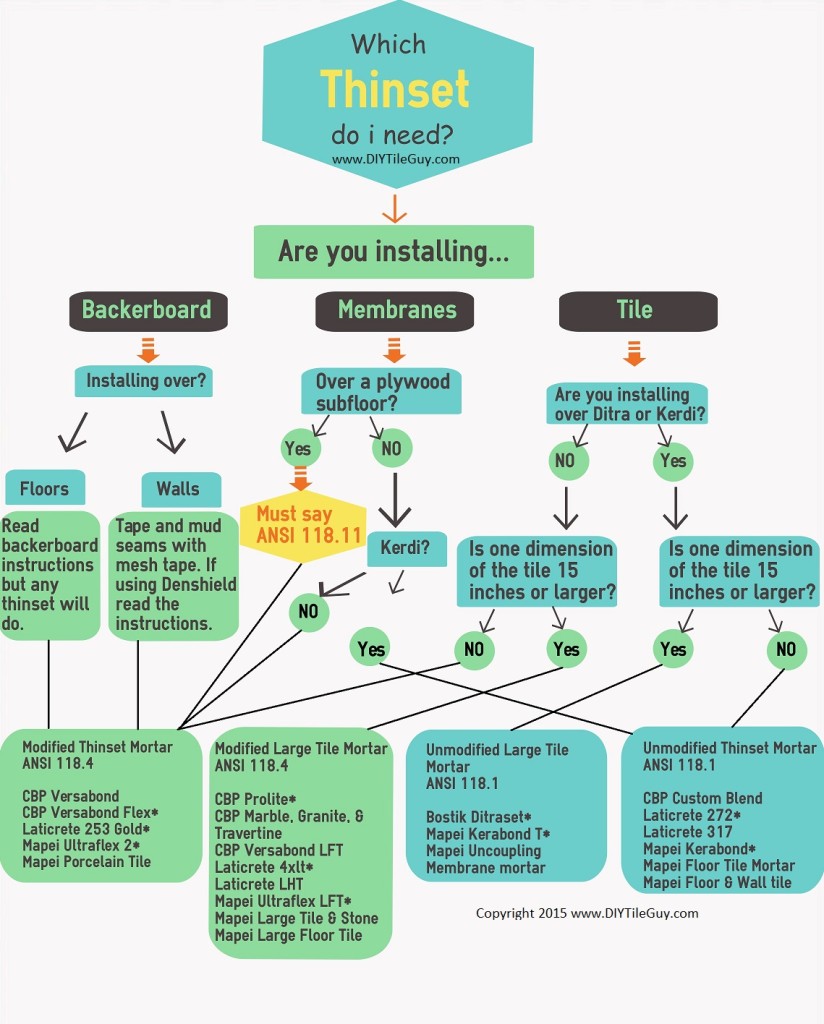A feature of thinset that is both a plus and a minus is that it is slow to set.
Thinset thickness wall tile.
Other names for thinset are dryset mortar drybond mortar thinset cement and thinset mortar.
Thinset tile mortar has a smooth slippery consistency similar to mud.
It can be a minus when working with vertical applications such as bathroom walls and kitchen tile backslashes because this extra curing time also allows the tile to sag.
In the case of travertine the back of the tile is smooth so a larger notched trowel wouldn t necessarily be required.
When you use a square notched trowel with the same size notch and teeth i e.
The trowel size determines how much thinset to put on the substrate as well as how thick the bed of thinset should be under the tile.
The terms thinset cement thinset mortar dryset mortar and drybond mortar are synonymous.
Tile set by the thinset method is adhered to the substrate with a thin layer of thinset cement.
Thinset cement thinset mortar dry set mortar and drybound mortar are synonymous with one another.
This type of cement adheres well in a thin layer.
This is a plus because it affords a longer working time to fix any misaligned tiles.
Thinset mortar is your default tile mortar for most indoor and outdoor applications.
It is applied to the substrate with a notched trowel.
Tile thickness with thinset varies.
Thinset is a mixture of cement sand and a water retention compound used for installing stone tiles.
Thinset is a mortar that is made of portland cement silica sand and moisture retaining agents.
Thinset thickness for wall tile.
When setting tiles on the floor the mortar bed needs to be a bit thicker to withstand the punishment of foot traffic.
Typically thinset isn t laid more than 3 16 of an inch thick.
The terms thinset cement thinset mortar dryset mortar and drybond mortar are synonymous.
A 1 2 x 1 2 the bed of thinset will be half of that measurement or 1 4 beneath a flat tile over a flat substrate.
Plastic tile spacers liberally placed are the solution for tile sag.

